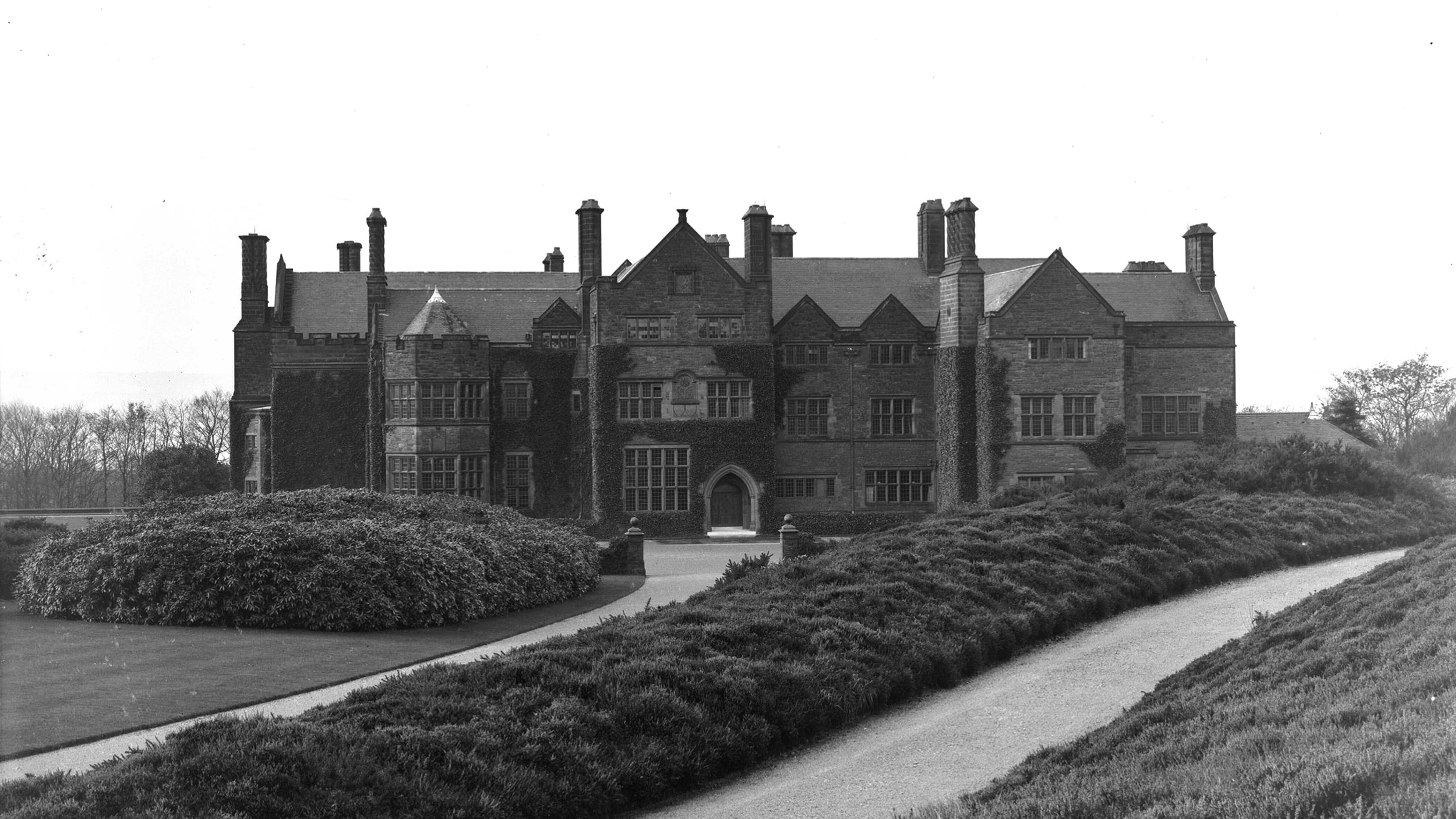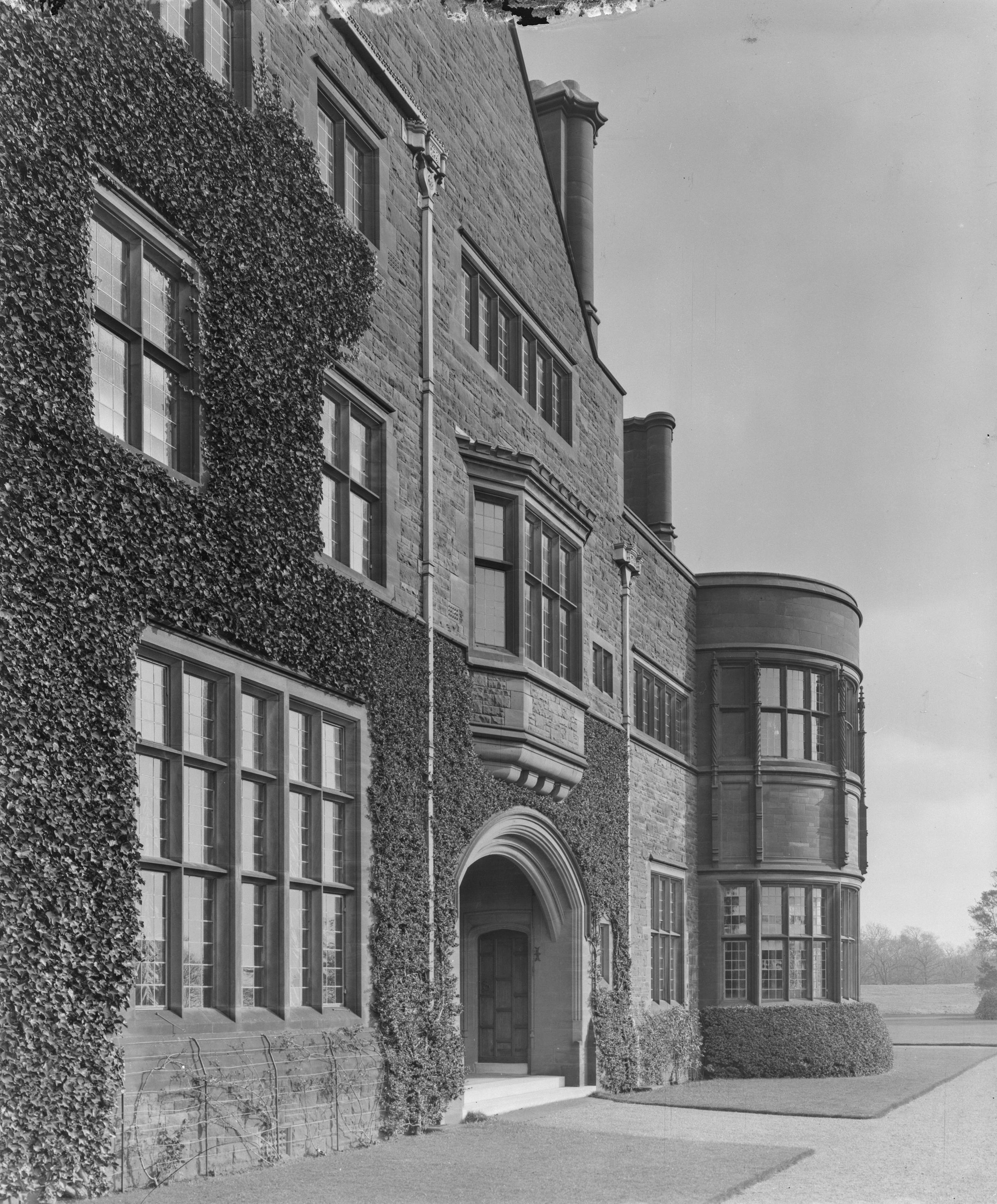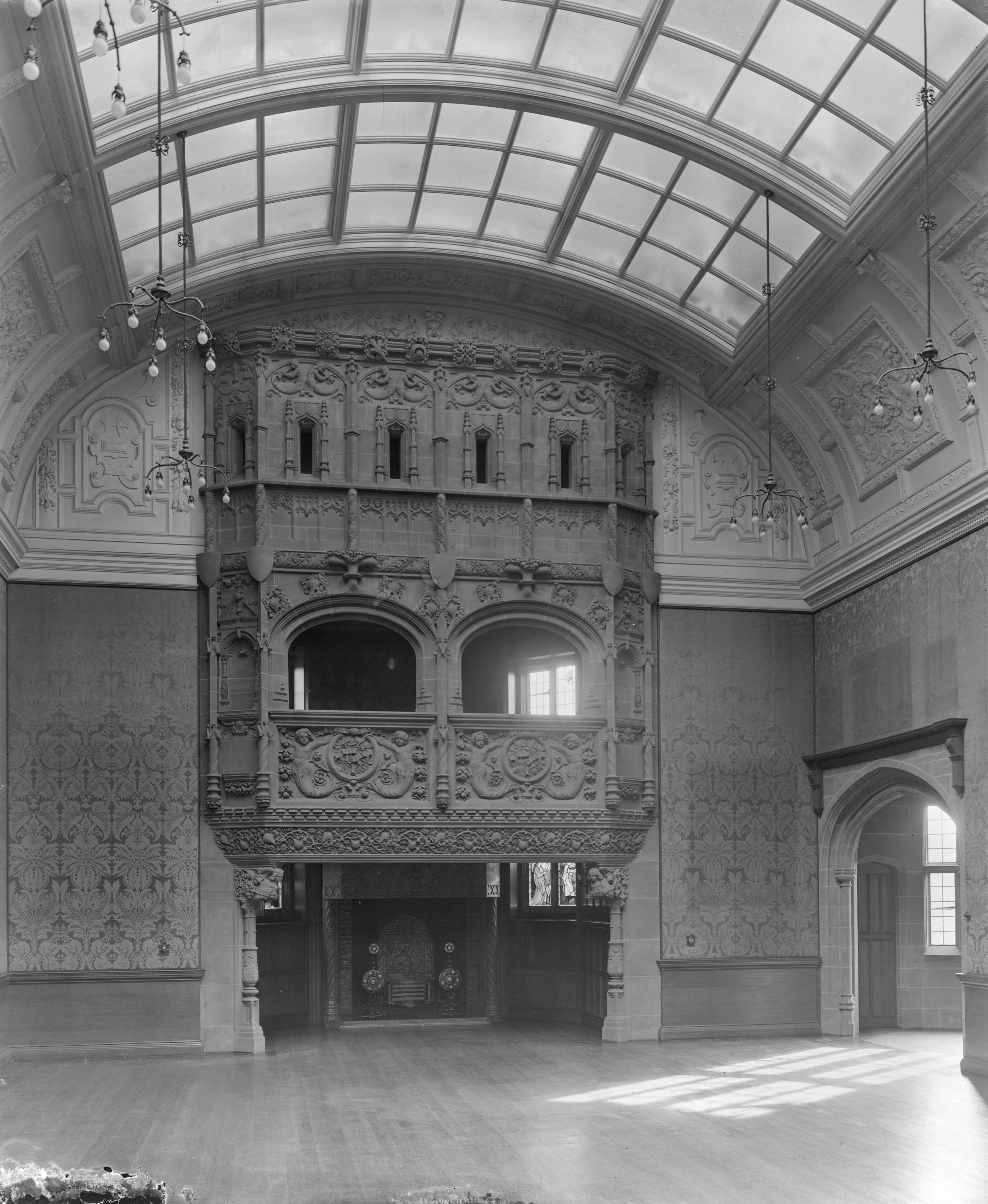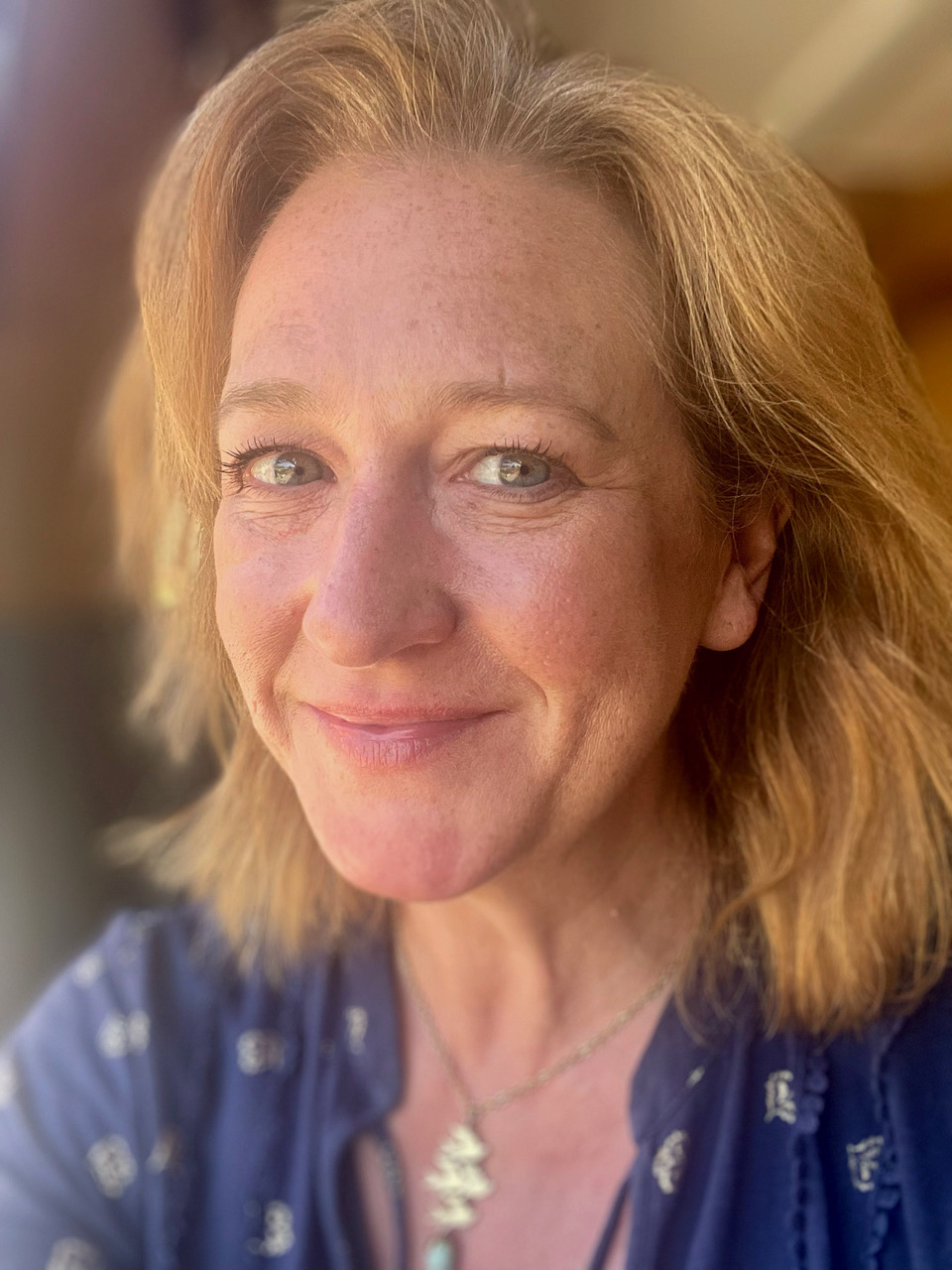The country home with an intriguing connection to the Titanic, doomed for demolition
Every Monday, Melanie Bryan, delves into the hidden depths of Country Life's extraordinary archive to bring you a long-forgotten story, photograph or advert.


For all its grandeur, the exterior situation of Dawpool was unforgiving. Erected from the local, impressive, dark red sandstone, it was situated not within lush gardens with gently swaying trees and tranquil croquet lawns, but surrounded by a small forest of tough, unrelenting gorse and heather. A rose among the unforgiving thorns. Which appears fitting as the man it was built for specialised in taming the wild, unforgiving Atlantic Ocean (among others) with his opulent and palatial (for some) ocean liners.

Dawpool, at the time of its eventual demise, wasn’t old. It was a mere 40 or so years of age. It had been built by one of the great Victorian entrepreneurs of his day. The house had, according to his widow: ‘…interested and amused Mr Ismay every day of his life for fifteen years.’ Built between 1882 and 1884, White Star Line magnate Thomas Henry Ismay — whose son built, and survived, the Titanic — had contracted the renowned architect Norman Shaw to help him realise his very own, non-floating palace overlooking the vast River Dee, near Birkenhead — the home port where all of his glamorous vessels were registered.
Consisting of 50 rooms and halls, and with more than 5,000 sq ft of oak panelling and 150 solid oak doors, the no-expense-spared mansion featured modern conveniences such as fireproof ceilings and opulent fittings, including a vast carved fireplace complete with a minstrel’s gallery on top. There was talk of a mantel carved by none other than Grinling Gibbons. All fixtures were secured not with nails, but brass screws. Ismay clearly loved the area, naming each of the bedrooms after the view afforded from their windows; the Dee Room, the Orby Room and the Gyrn Room among others, sadly united in Lawrence weaver’s architectural article about the building in an edition of Country Life in 1911.

The light-filled Picture Gallery, complete with towering carved fireplace. The fireplace can still be seen at Portmeirion, Wales, were it lives on, albeit it painted bright white, as a southern French gothic porch in Sir Clough William-Ellis’s 'Home for Fallen Buildings'.
Like many of Ismay’s seafaring vessels, Dawpool featured a vast central room crowned by a domed glass ceiling to allow the light to flood through. In the photographs, the central staircase appears as one on an ocean liner, One can almost imagine a string quartet playing as you descend for breakfast. Yet, it was clear that by the time it was photographed for Country Life, some 12 years after the unexpected demise of Ismay, the house was itself an achingly ironic Mary Celeste of a building.
Purchased in 1907 by the MP Sir Herbert Roberts, the property was empty when the journalists arrived. No furniture adorned the cavernous rooms. No paintings hung on the walls. Ivy crept its way up the stonework. The great, young house was offloaded by Sir Herbert sometime before the Great War, with the subsequent owner, Mr F. W. P. Rutter, also appearing not to take up residence, eventually handing it over as an auxiliary military hospital for officers. It opened its doors on April 18, 1918.
By 1919, 28 acres of the estate were sold off while the house still played host to recovering officers. By 1926, reports in the Liverpool Daily Post rang the death knell for the property. The paper reported that the ‘fine mansion’ was ‘doomed to demolition.’ There was nothing fundamentally wrong with the house, it merely suffered from being too large for anyone to conceive taking on post-war, but also, perhaps, being the creation of just one, exacting man’s vision for what he, and he alone, wanted from a property. No one else appeared to share his vision of utopia. Just prior to his death in 1899, Ismay had been asked in an interview to pass on his entrepreneurial wisdom: ‘…not to be too greedy and always let someone else make a bit’, was one of his top tips. If he had let a little less Thomas Ismay dominate Dawpool, perhaps, just perhaps, it may have survived for more of us to enjoy today.
The Country Life Image Archive contains more than 150,000 images documenting British culture and heritage, from 1897 to the present day. An additional 50,000 assets from the historic archive are scheduled to be added this year — with completion expected in Summer 2025. To search and purchase images directly from the Image Archive, please register here
Exquisite houses, the beauty of Nature, and how to get the most from your life, straight to your inbox.
Melanie is a freelance picture editor and writer, and the former Archive Manager at Country Life magazine. She has worked for national and international publications and publishers all her life, covering news, politics, sport, features and everything in between, making her a force to be reckoned with at pub quizzes. She lives and works in rural Ryedale, North Yorkshire, where she enjoys nothing better than tootling around God’s Own County on her bicycle, and possibly, maybe, visiting one or two of the area’s numerous fine cafes and hostelries en route.
